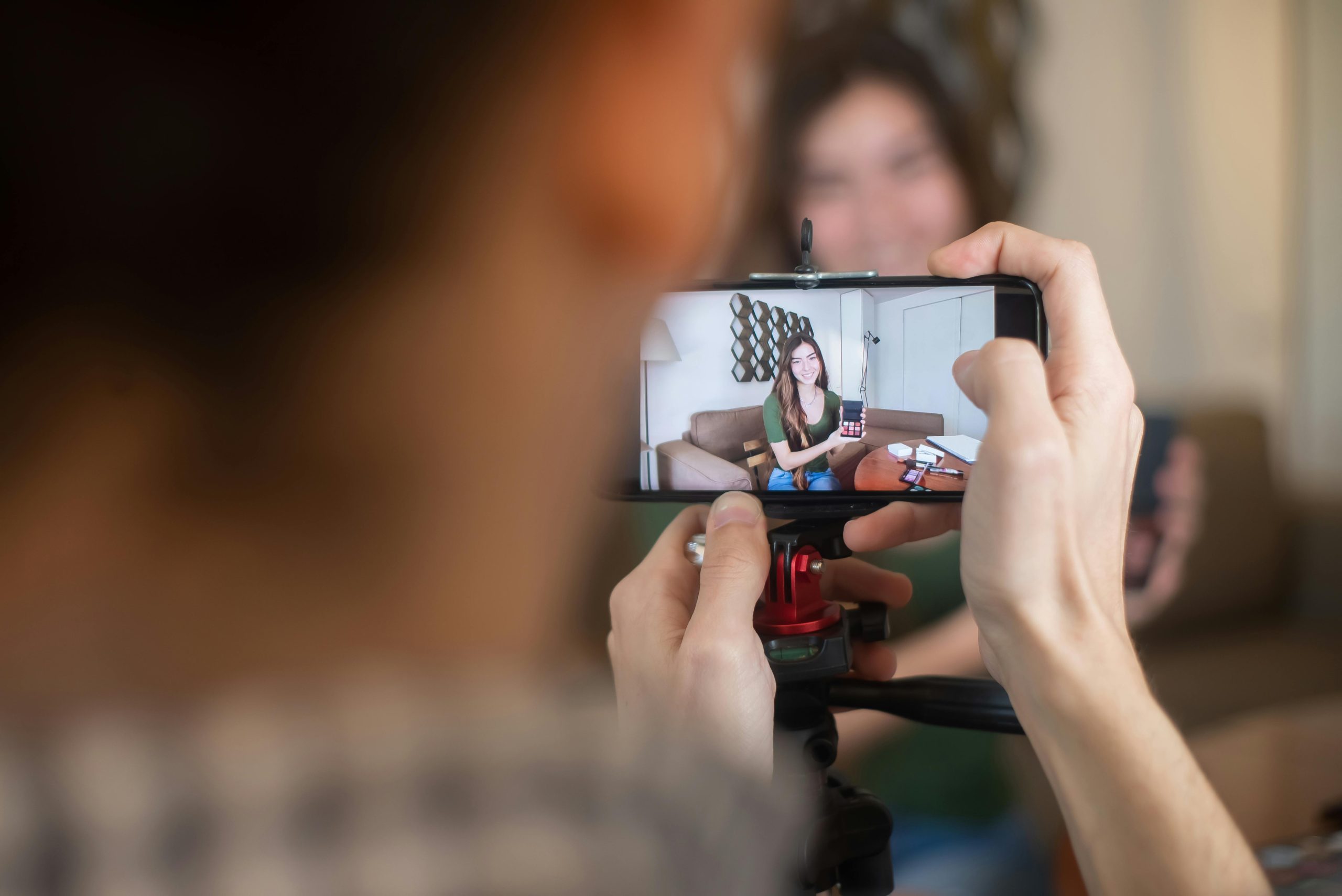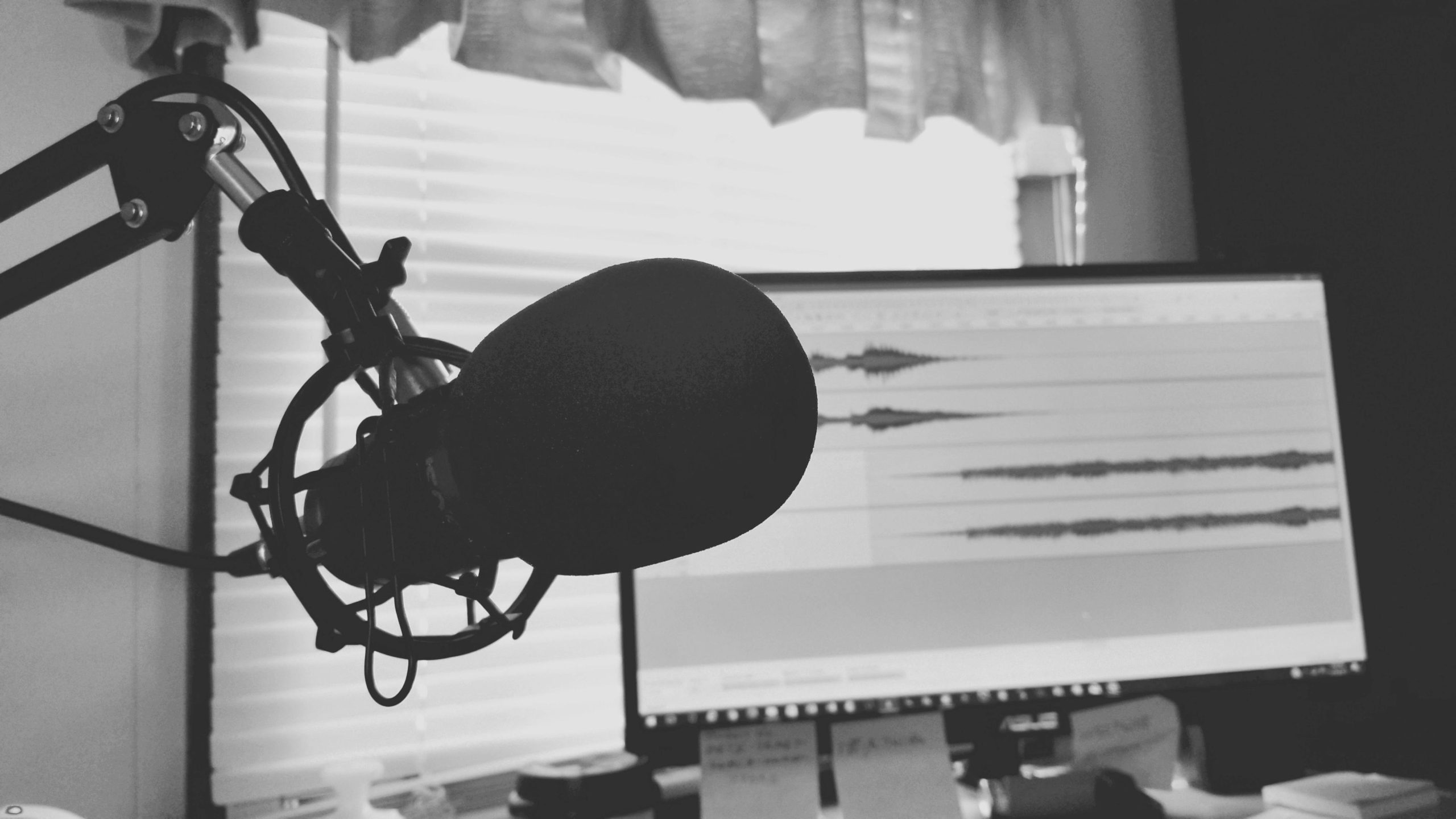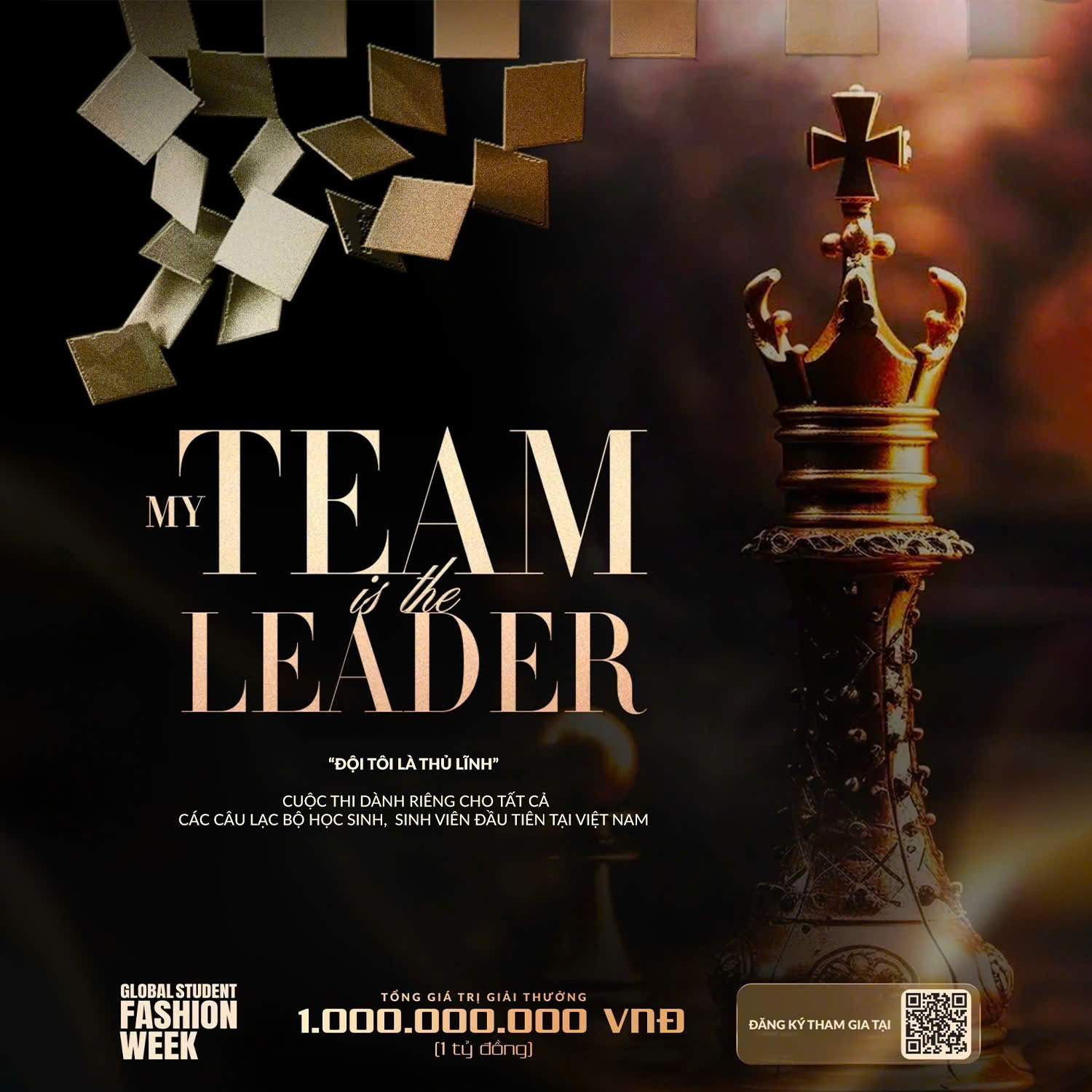Using moviemaking as a form of engagement and assessment centers students’ voices.
Few activities are more engaging than storytelling. Students are primed to want to tell stories because they encounter them everywhere—watching Netflix, playing video games, scrolling social media.
In the classroom, teachers can design digital storytelling opportunities as capstone projects to showcase student mastery. Not only does moviemaking appeal to students, but storytelling naturally ignites emotion, which results in learning that is easily remembered.
And when teachers help students “storify” their learning during the scripting process, the resulting movie project can serve as a summative assessment.
Scripting and Planning
Getting started with digital storytelling can pose a challenge if you’re unfamiliar with media production. At its heart, moviemaking is the writing process in action. The first step is to guide students in developing a script.
There is a distinct difference between digital stories and reports. Often, students choose to tackle moviemaking by presenting information as a series of factual statements. The cognitive load is low when the only task is a recitation of facts directly from Google, and this creates the type of final product that could easily be generated by artificial intelligence.
A better strategy is to ask students to wrap their learning in a narrative structure. Narrative provides a framework for assimilating new information. For example, students could personify a concept such as rational numbers, a keystone species in environmental science, or an important historical object. Using universal story structure or a template such as a biopoem, students can more creatively tell the story of their learning by embedding factual information in the personified experience of the conceptual character they create.
After students have a solid script, they should move on to planning their film. Students can plan their movie using a storyboard or two-column script. Take some time to teach explicitly the concept of “agreement,” or matching what the viewer sees to what they hear in the script. Thinking about this complementary process, and taking the time to plan visuals and sounds, allows students to build audiovisual literacy skills, too.
Multimedia asset collection and curation:
Adequate scripting and planning should be a student’s passport to asset collection and curation. To save time, many browser-based video editing platforms have stock image libraries that students can utilize. Adobe, Canva, and Clipchamp are great examples of video editing tools that place a variety of media assets at students’ fingertips.
When searching for images, ensure that students know how to properly select and store their resources. First, they should obey copyright law by using sites like Pixabay, Unsplash, or other copyright-free image libraries. Then, they should efficiently save and store audiovisual assets. My students create folders in their Google Drive accounts, which allows them to easily locate materials when it is time to upload them into the browser-based video editor of their choice.
If your students are recording original footage, they may find it beneficial to develop a shot list before filming—a list of scenes that must be recorded for use during the editing process. It is also helpful for students to understand a few basic film angles and how to film in landscape instead of portrait mode.
Voice-over Recording
The most important component of a student movie project is the sound. Viewers can overlook many technical mistakes in a finished product, but it’s very difficult to understand or evaluate a movie that has poor-quality voice-overs or dialogue.
My students write scripts that become voice-overs. They practice reading their scripts aloud several times for more fluent delivery. English language learners, in particular, benefit from being able to practice before pressing the “record” button.
Most video editors have an in-app audio recording option. An easy way to boost the quality of the sound is to have students use earbuds with built-in microphones. I also allow students to spread out in the hallway so that 35 voices aren’t trying to record together in the same space.
Editing and Revising
You might choose a single editing platform for students to use, or allow experienced students to select their own. In the beginning, I found it helpful to use the same program as a whole class, because students were able to help one another troubleshoot. This allowed me to move throughout the room to offer feedback on audiovisual choices, rather than answer technical questions.
During the editing process, students need reminders about agreement. Audio and visual components must align for a digital story to be effective in its communication. In the beginning, keep it simple. Once students can consistently exercise agreement, encourage them to explore additional editing features, such as the use of a green screen, pan and scan animation tools, and transitions.
Music has a powerful impact on storytelling because it tells viewers how to feel. Foster audio literacy by discussing tone and mood. Help students understand how song selection affects the audience’s perception of their ideas. While most online video editors have some stock sound files, students will inevitably want more options. SoundBible and Pixabay are great resources for copyright-free MP3 files.
Finally, make sure you plan multiple opportunities for your students to tell stories about their learning. When students make repeated attempts at video creation in a variety of academic contexts, they develop a high level of storytelling proficiency and fluency.
Cre: Edutopia








